A Glimpse Into “Peak 2025”
In what many are calling a surreal snapshot of the year, a now-viral video captured an unsettling yet fascinating interaction between a real dog and a robotic one on a New York City sidewalk.
The real dog recoiled, its owner shocked, as a four-legged robot lunged playfully (or maybe erratically) toward it.
The metallic pet? Not a test from a university robotics lab, but an actual consumer-grade robot dog, paraded by Iranian-Dutch artist Sevdaliza. She walked it in stilettos, no less.
The internet’s reaction? Instantly viral and deeply divided. Many labeled the scene “dystopian,” while others were captivated by the humanoid machine’s animated behavior—bowing, flipping, lunging, even rocking on its back like a misprogrammed toddler.
What Can This Robot Dog Actually Do?
While reactions to the video were split, the robot dog itself showcased a range of complex capabilities that are worth examining.
The robot’s motion system allowed it to lunge, bow, roll, and flip—all without human-like joints. These gestures were likely pre-programmed or AI-enhanced to respond to specific stimuli, mimicking canine play behavior with surprising realism.
Environment-Aware Sensors
Like many advanced robots, this unit appeared equipped with sensors to track movement and navigate surroundings. It likely uses cameras, infrared detectors, or LIDAR to “see” and interpret its environment, including nearby animals and people.
Its four-legged build isn’t just for show. The robot maintained balance across uneven pavement, performed quick directional shifts, and remained upright after intense movement. That level of agility points to a strong mechanical and gyroscopic design.
The way the robot bowed and rocked on its back seemed less random and more stylized, possibly coded for performance art. It might include gesture-based programming or be controlled remotely with behavior sequences set in advance.
How Did We Get Here?
Just a few years ago, robotic dogs were confined to defense applications, high-budget research, and educational robotics labs. They were built for specific environments, often far from public view.
But fast forward to 2025, and robotic pets are now casually appearing on sidewalks, in viral videos, and even in art installations.
Mass-market platforms like Amazon and Kogan now sell robot dogs equipped with voice recognition, AI-driven motion, and facial detection systems. Some are relatively affordable, while others, like the controversial flamethrower-equipped “Thermonator,” sit at the high end of the market—raising safety concerns in the process.
The robot dog in the NYC video highlighted both the potential and the limitations of this technology. On the positive side, it showcased just how far robotics has come. Its stability, agility, and interaction design were impressive.
But there’s also a flipside. The robot’s behavior wasn’t fully predictable especially in a public setting involving animals and people. That moment of it lunging toward a real dog raised ethical and safety questions.
If robots are to coexist with humans in shared spaces, should there be guidelines around their behavior? Who decides what’s “playful” versus what’s intrusive?
The debate goes beyond one viral clip. It’s about how fast consumer robotics is evolving and whether public spaces are ready for this level of machine autonomy.
Are robot dogs just a novelty, or are we witnessing the early stages of real-world human-robot interaction? The answer might shape not only the future of tech products, but also how we design public environments around them.
Robots in the Real World
Robots are no longer reserved for sci-fi films or high-security labs. They’re here, navigating streets, reacting to real-time environments, and even interacting with people and pets.
Today’s robotic dogs are built with smart sensors, flexible movement, and AI-powered behavior systems. They can perform practical tasks, mimic lifelike actions, and support real educational outcomes.
Below are some core capabilities you’ll find in modern robotic dogs:
- LIDAR and Infrared Sensors – For obstacle detection, depth mapping, and safe navigation
- AI-Based Movement – Real-time decision-making and path adjustment
- Voice and Gesture Control – Interacts with users using basic commands
- Facial Recognition – Tracks or identifies individuals in view
- Multi-Surface Mobility – Adapts gait to stairs, pavement, and indoor flooring
- Programmable Behavior – Ideal for STEM projects and classroom exercises
- Hardware Expansion Ports – Add-ons like cameras, arms, or grippers
- Naturalistic Actions – Includes bowing, sitting, flipping, and tail-wagging motions
Smarter Robots for Learning, Not Just Display
Toborlife’s robot dogs go far beyond public performance or novelty tech. These are educational robots built specifically for hands-on STEM learning and real-world problem solving. Designed with modular systems and powered by real-time operating environments like ROS2, they support both beginner-friendly platforms (Blockly) and advanced coding languages like Python.
Unlike the viral NYC robot, Toborlife units are created for structured learning environments. Suitable for labs, classrooms, and development spaces—where control, safety, and learning outcomes matter.
What makes Toborlife stand out?
- Real SDK access for learning-based development
- Curriculum-ready kits for middle schools to universities
- Durable builds that withstand rough handling and repeated testing
- Ethical design frameworks that prioritize human-machine interaction
- Cross-platform compatibility with Windows, macOS, and Linux systems
Key Benefits of Toborlife Educational Robots
Toborlife robots are purpose-built for real learning—not just demos or displays. They’re designed to be intuitive for beginners and powerful enough for advanced users.
1. University-Ready Systems
Advanced robotics platforms powered by real-world software stacks. Ideal for labs, AI research, and PhD-level simulation.
2. Plug-and-Code Simplicity
Blockly, Python, ROS2—all supported out of the box. Get students coding and debugging robot movement in minutes.
3. Real-Time Obstacle Navigation
Our bots don’t just “walk.” They analyze environments, predict collisions, and reroute intelligently.
4. Cross-Platform Support
Compatible with Windows, Mac, Linux, and cloud-based systems. Sync with your preferred dev tools seamlessly.
5. Modular Hardware Expansion
Easily add sensors, cameras, or grippers using Toborlife’s plug-and-play modules. Great for prototyping and experimentation.
The Bigger Conversation: What We Learned From the NYC Incident
Let’s go back to that viral video.
What was seen as disturbing was partly about behavior but also about context. A machine, acting unpredictably, outside a lab or expo hall, triggered discomfort. It wasn’t just a robot. It was a machine acting too much like a dog, but not enough like a pet.
This tells us something critical:
If robotic companions are entering our daily environments, they must behave with clarity, predictability, and purpose.
Toborlife AI ensures this through programmable behavior trees, safe movement routines, and classroom-focused UX. Our robots aren’t “possessed”, they’re purpose-built for structured learning and real-world application.
What Can We Expect in 2025 and Beyond?
With major investments in robotics, we’re going to see more robots on sidewalks. Some will be art pieces. Some will be factory workers. Others will be part of your next lesson plan.
But as with all technology, intent matters. Education matters.
And tools that combine both like Toborlife’s will lead the next wave of intelligent robotics.
Explore Smarter Robotics Today
You don’t need to wait for the future to start learning it.
With Toborlife’s educational robot dogs, students, schools, and innovators can explore robotics with real-world clarity.
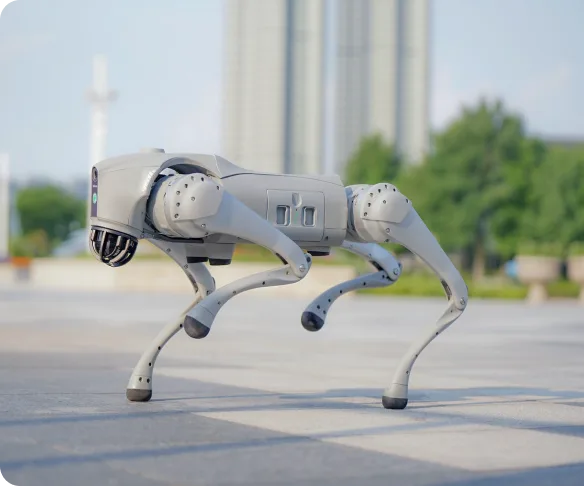
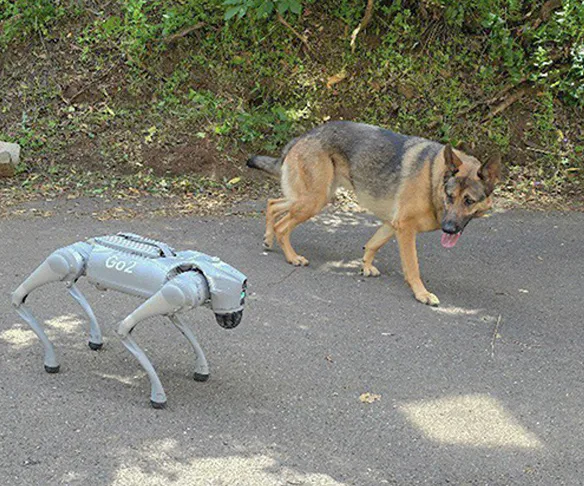
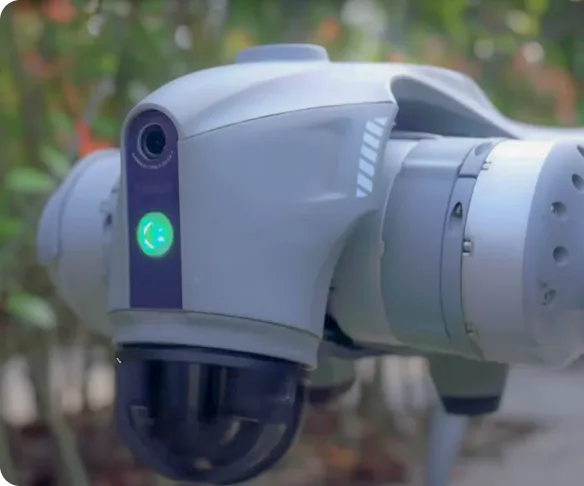
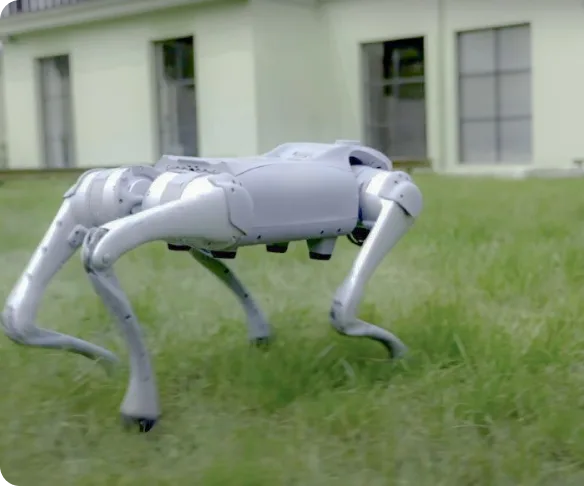
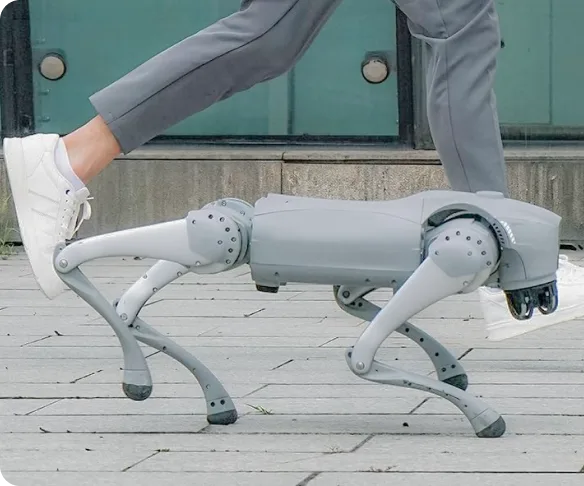

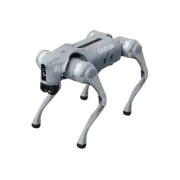



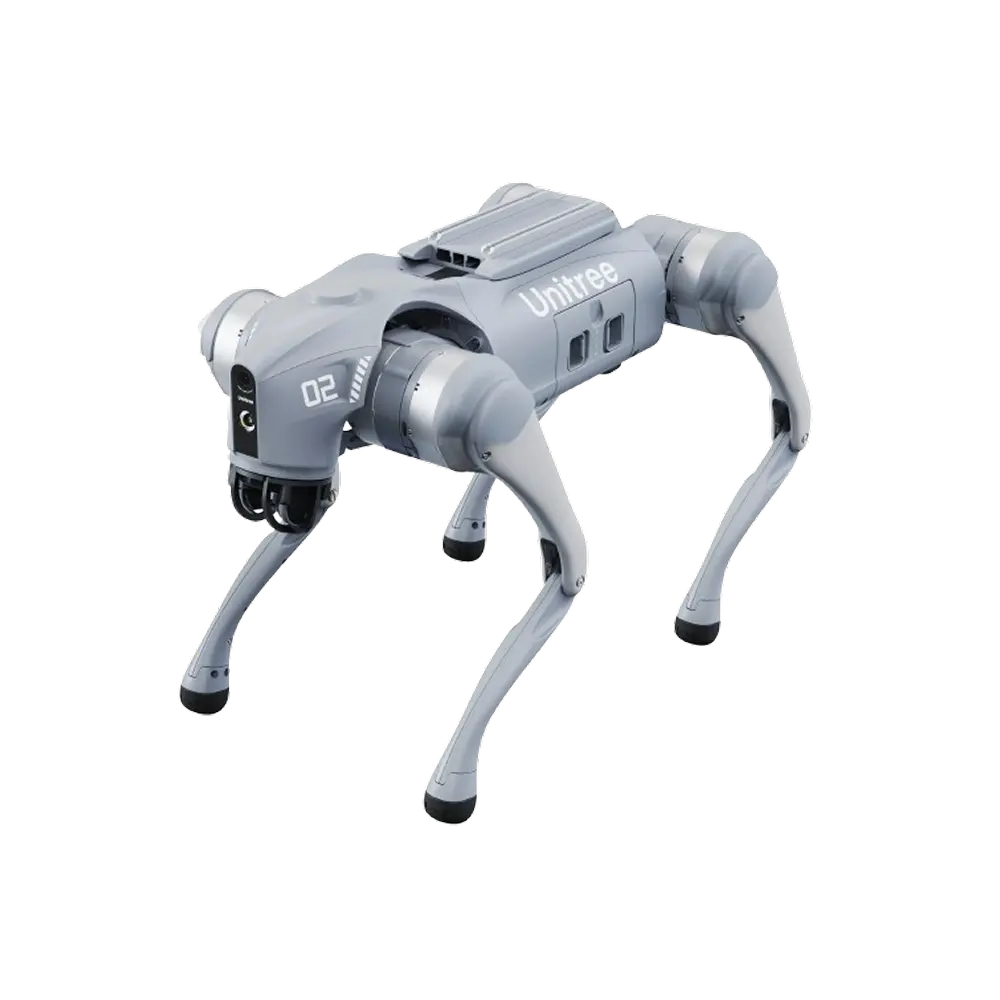

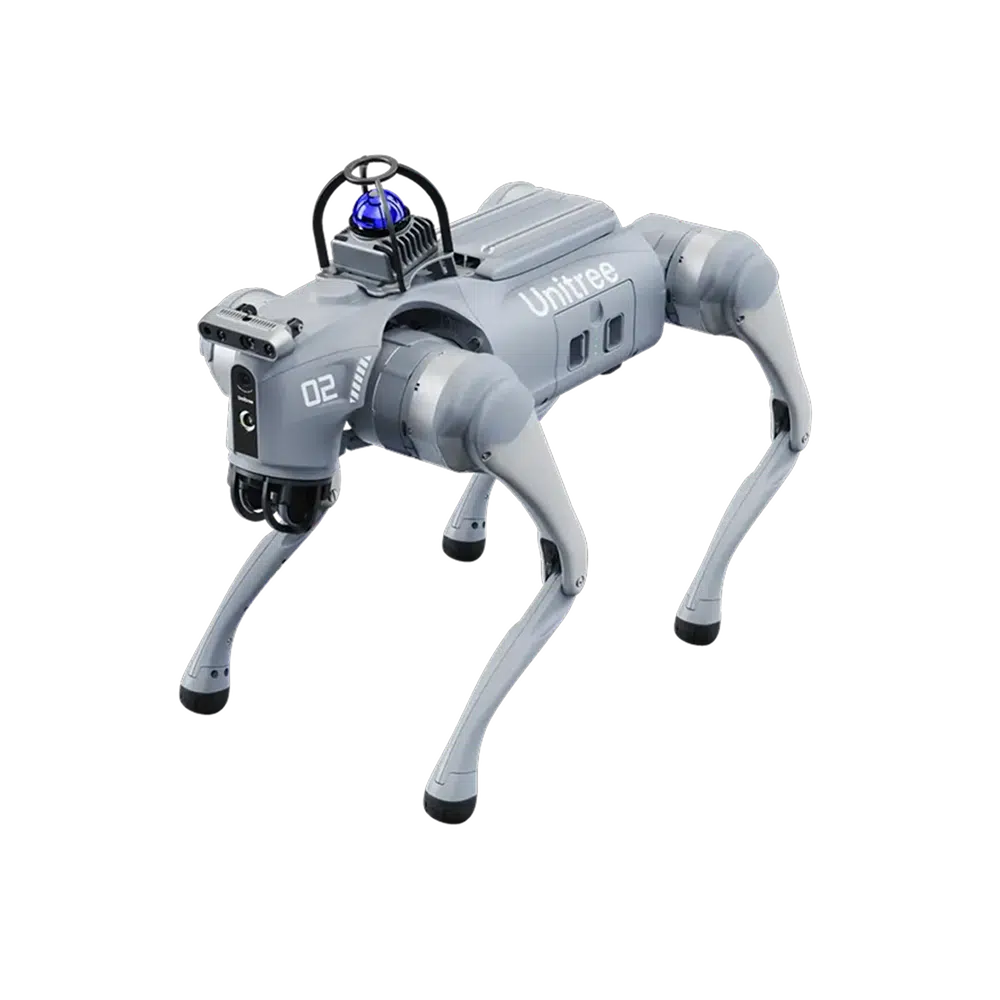
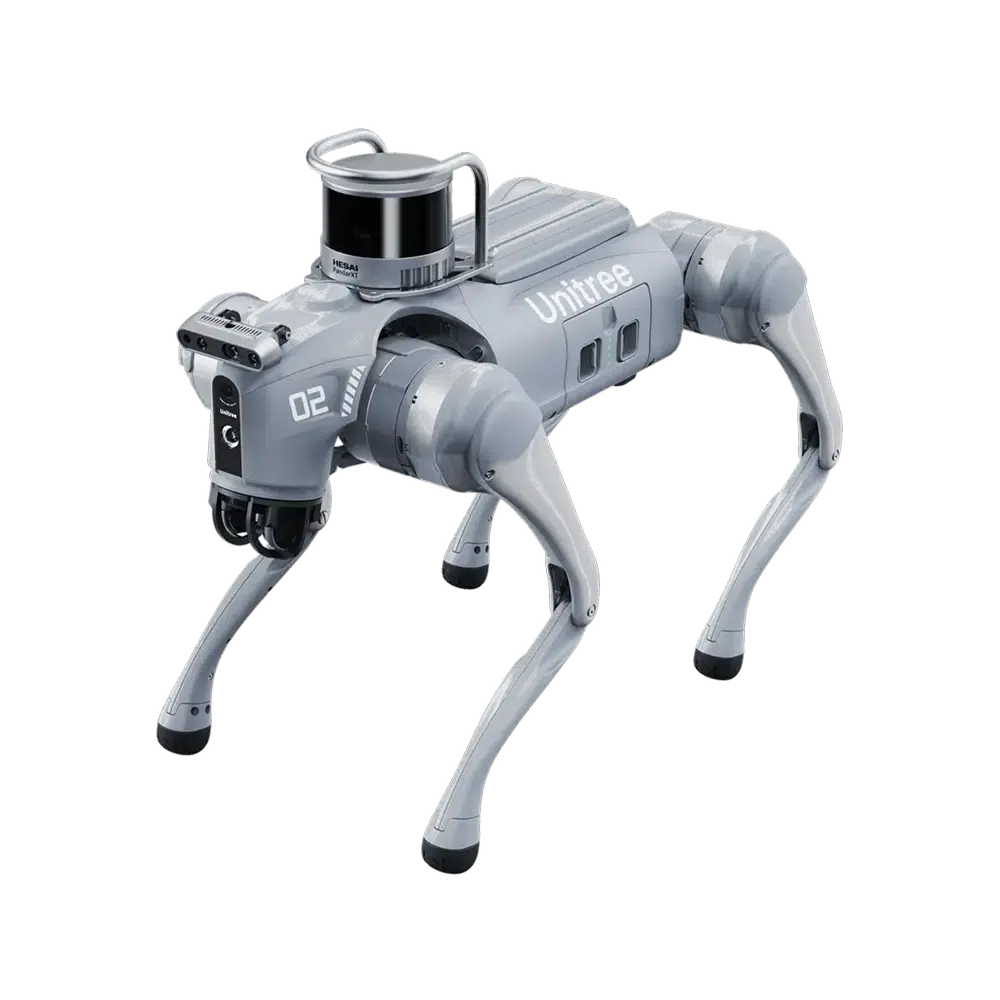











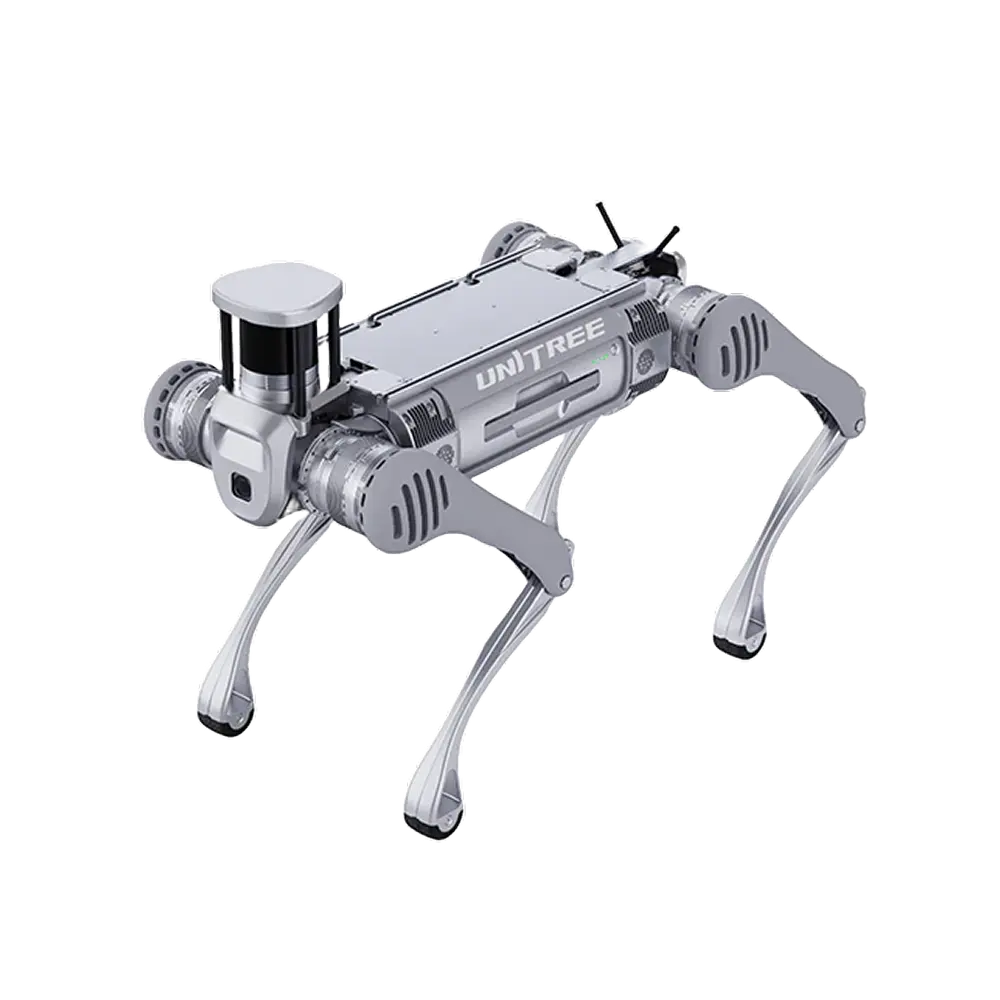
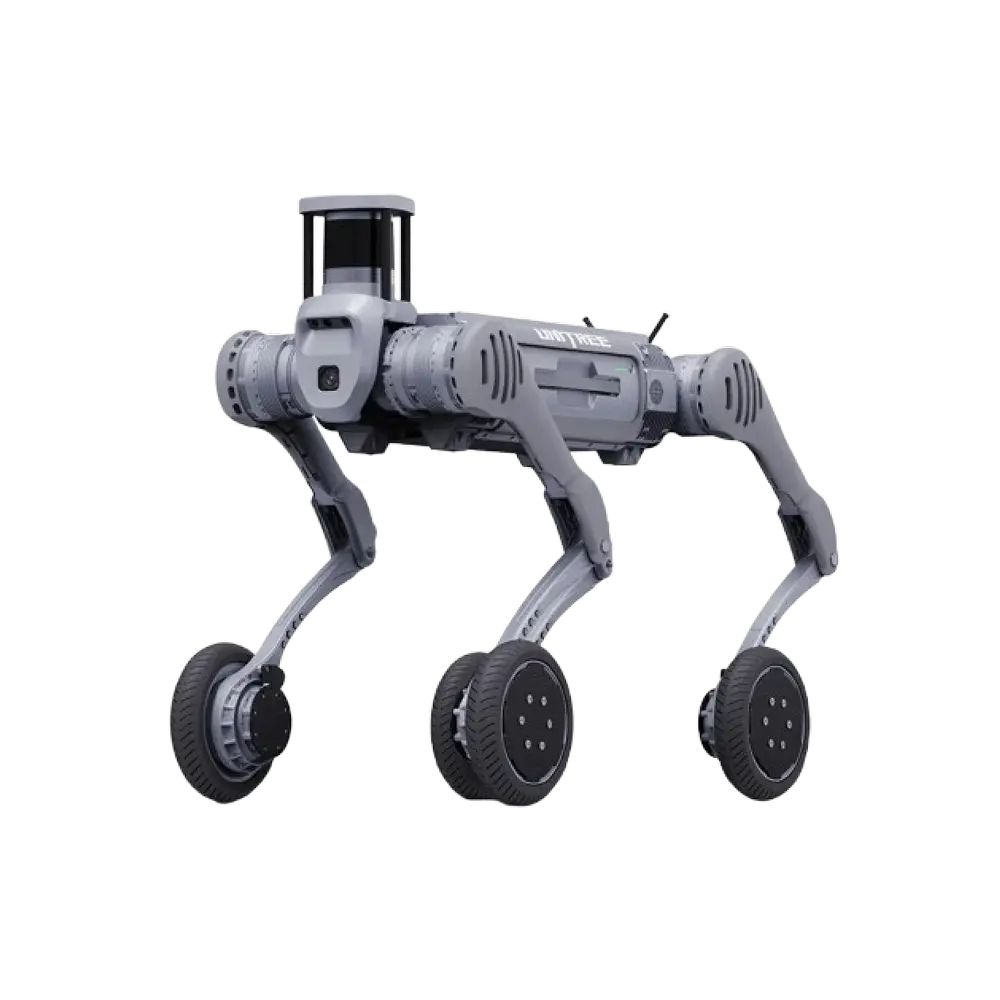
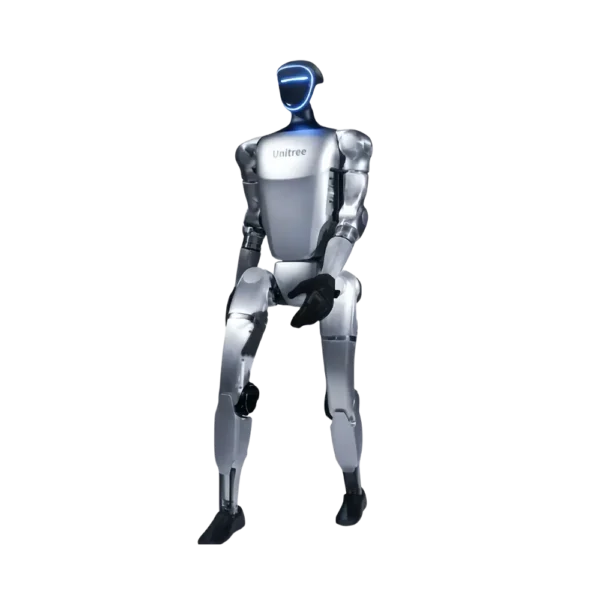




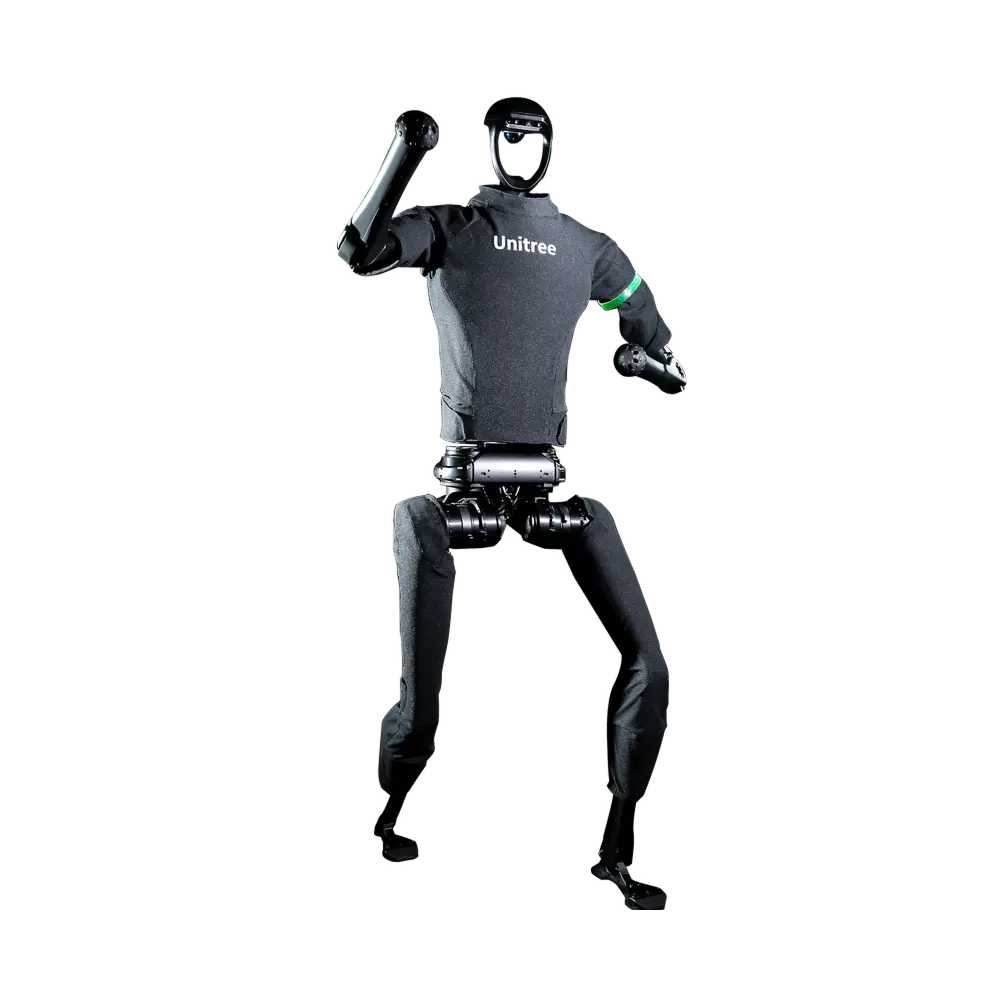
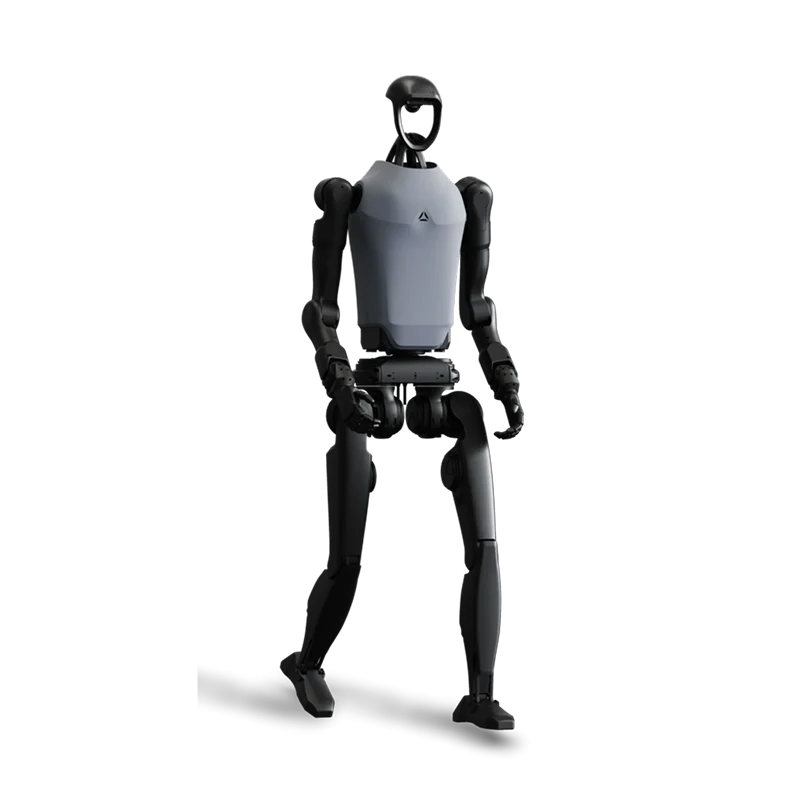
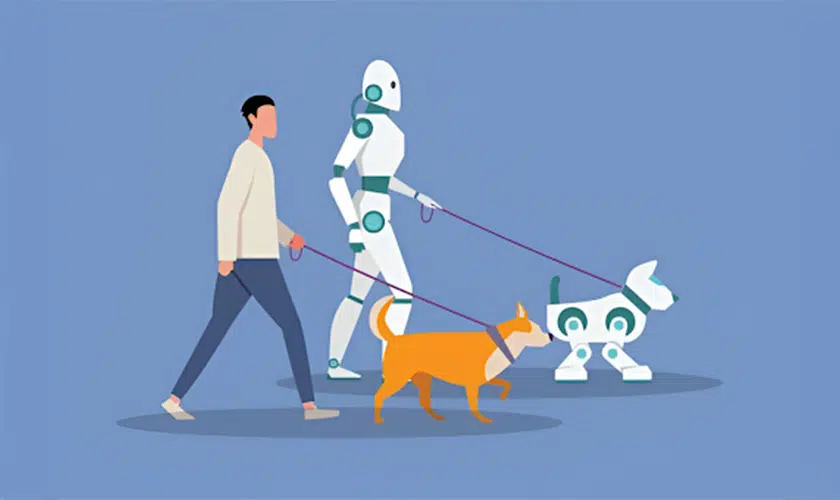
Comments are closed for this post.